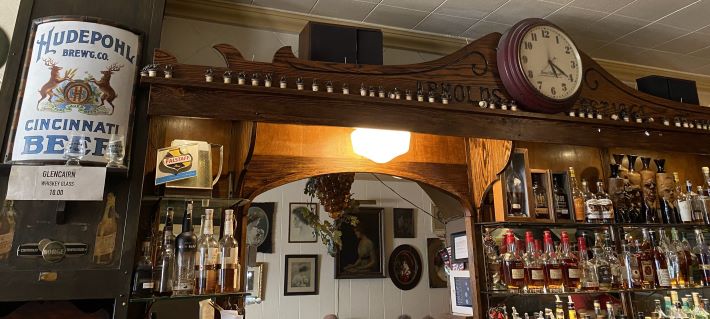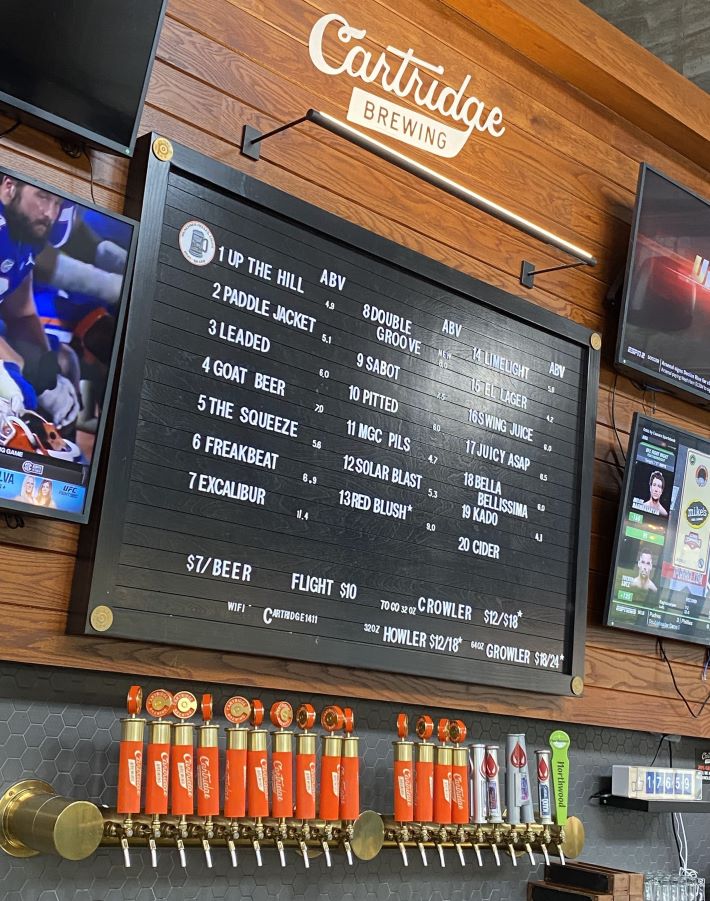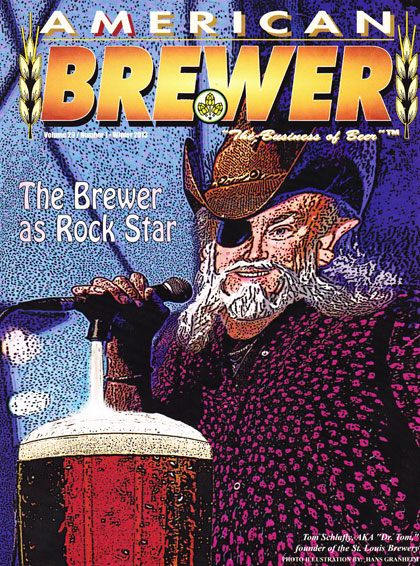
The question of the week last week was “Has the thrill gone?” The comments when I shared the question on Facebook pretty much took the words out of my mouth.
Jeff Alworth had many thoughts of his own. Many thoughts. They weren’t just about the question Boak & Bailey ssked, but also sparked by a comment by a regular at Beervana that, “Craft beer has very few stories left to tell.” I agree with Alworth that there are many new interesting stories to write about beer and the surrounding culture. But I’m not sure if that was what B&B were asking about.
[Added Monday afternoon (in Colorado): The flatness of beer part 2: the opinions of others]
In any event, there were some lovely drinks-related paragraphs written last week. Here goes . . .
Craft Central offers regular flurries of brightly coloured American tins at exceedingly high prices, largely made up of hazy IPAs in the way that beer these days generally is. I have little interest and usually scroll on past, but . . . maybe I should be checking in now and again to see if there’s value to be had. These, presumably, are the beers that everyone else around the world is copying, right? OK, I’ve convinced me. Here’s two IPAs from the less obscenely priced end of the spectrum, both from New Jersey, a lonely state, lacking a New Guernsey or New Sark to keep it company.
Making wine is science. Drinking it is not. The amount of time a given wine has spent in a barrel is an unalterable fact, my ability to detect that oak is a skill, but my judgement on whether that oak is well integrated and how good the result tastes is entirely subjective. Confusing facts with opinions is not, unfortunately, restricted to the wine world, but a social activity such as wine tasting that revolves around a very complicated technical process may be especially ripe for misunderstanding. This, surely, is why a liquid that is both a chemical and a metaphysical source of happiness ends up causing so many arguments.
“I wanted to highlight time and place in both the ingredients and the concept of the beer I brew,” says Josh Chapman. “It’s important for me to be excellent without being exclusive. I don’t want to be perceived as pretentious, especially as the first brewery on the Eastern Shore. There are lots of Bud and Miller drinkers here, and so I wanted something relatable but adjacent to what they are used to.”
Scholarship programs are part of a larger push within the beer industry, from individual breweries, trade groups and nonprofits, to increase representation among people of color in beer. Scholarships benefit the recipients, of course, but they also critically benefit the companies and industry that employ them. Repeated studies conducted by workplace consultancy McKinsey & Co. since 2014 show that companies with more diverse leadership financially outperform those with low racial and gender diversity among their leaders. That message has become critical as breweries feel less public pressure to keep issues of race and inclusion front and center.
— From Good Beer Hunting Sightlines
“For the very first Fourth of July, Worthington was a temperance town. One of the temperance people in Tallinn had busted open a barrel — Professor Humiston was his name — some settlers had brought out to celebrate the Fourth of July. Well, they didn’t take too well to that, and so they marched down and got another keg of beer. They took the other keg of beer that he had busted open, and they dug a hole and buried it in his front yard, placed the new barrel on top of where they had just buried that barrel of beer. They proceeded to stand around and guard the barrel so he couldn’t bust it open, and they invited everybody out to have a party on Professor Humiston’s lawn — that’s where we got the name from.”
— The origin story of Forbidden Barrel Brewing in Minnesota, from Dakota News Now
In Memoriam
David Geary, founder of the D.L. Geary Brewing Company in Maine, died last week. There are many reasons to remember him, but his keynote at the 1996 Craft Brewers Conference has to be in the top 10.
You might also enjoy
– Mapping historic breweries in Bamberg
– How London’s First Black Pub Landlords Changed the City’s Drinking Culture
– Big Trouble in Little Kortrijk?
– Major new guidance on beer styles for consumers
– Creating Safer Spaces in Craft Beer, Part Seven — Brewing Beers That Make a Difference


 Cartridge Brewing in Maineville, Ohio, is located in a former cartridge factory. Hence the handles.
Cartridge Brewing in Maineville, Ohio, is located in a former cartridge factory. Hence the handles.  Because the first edition of
Because the first edition of